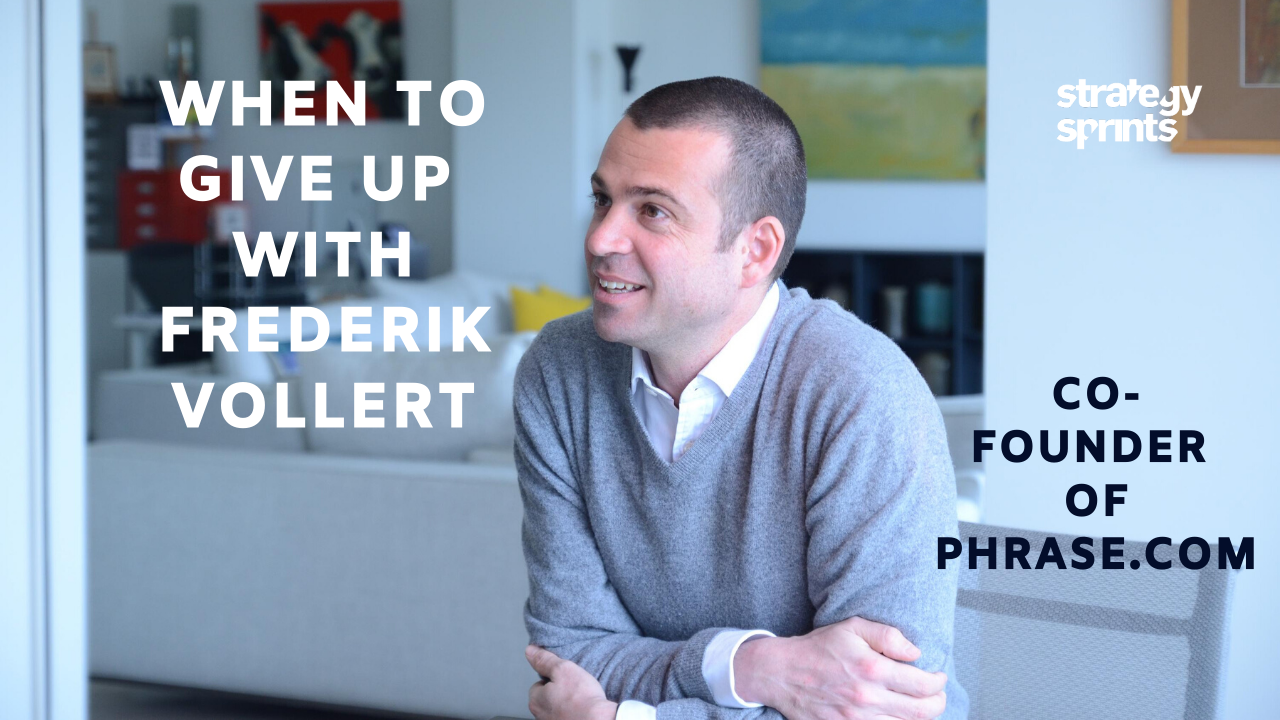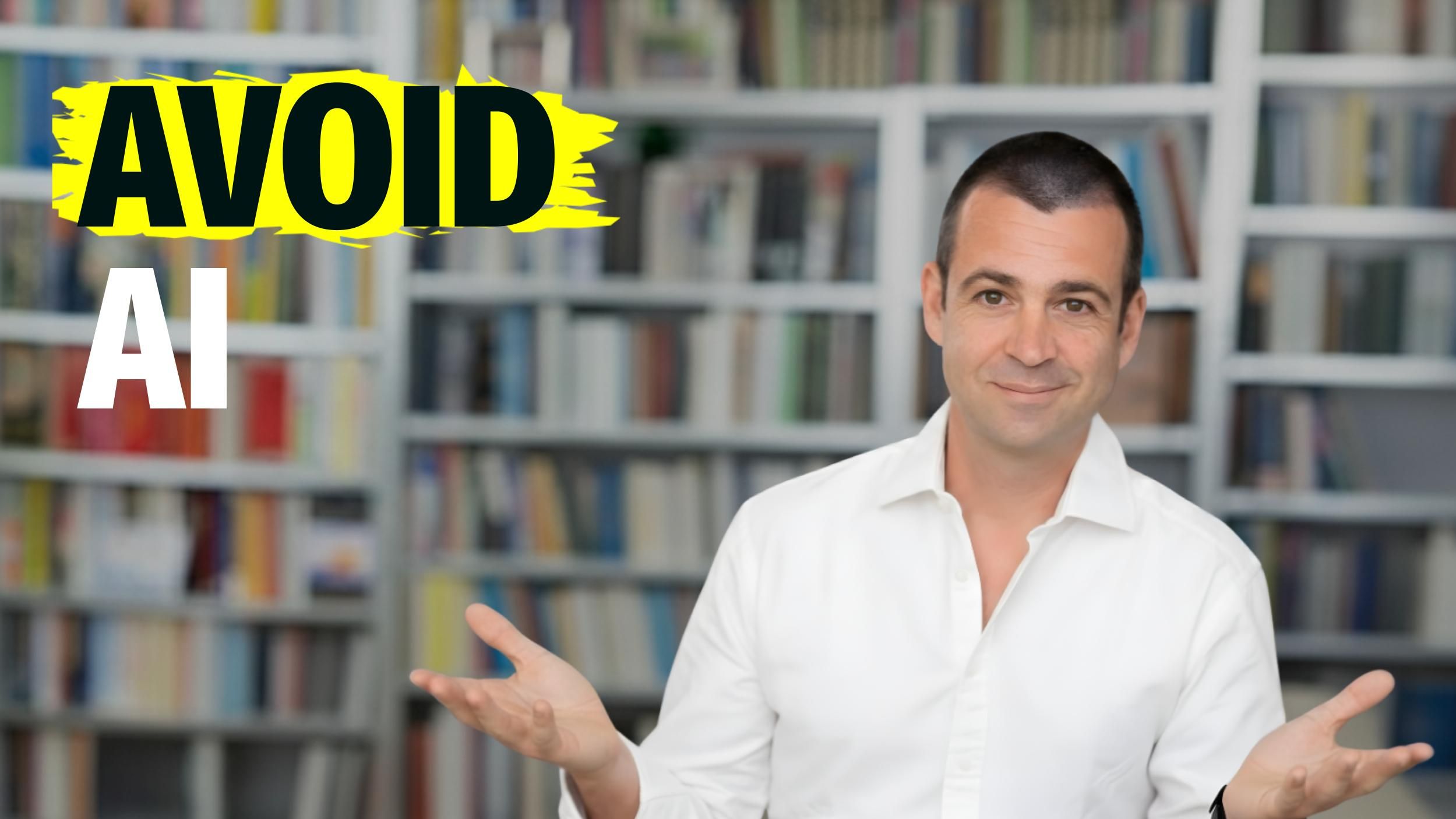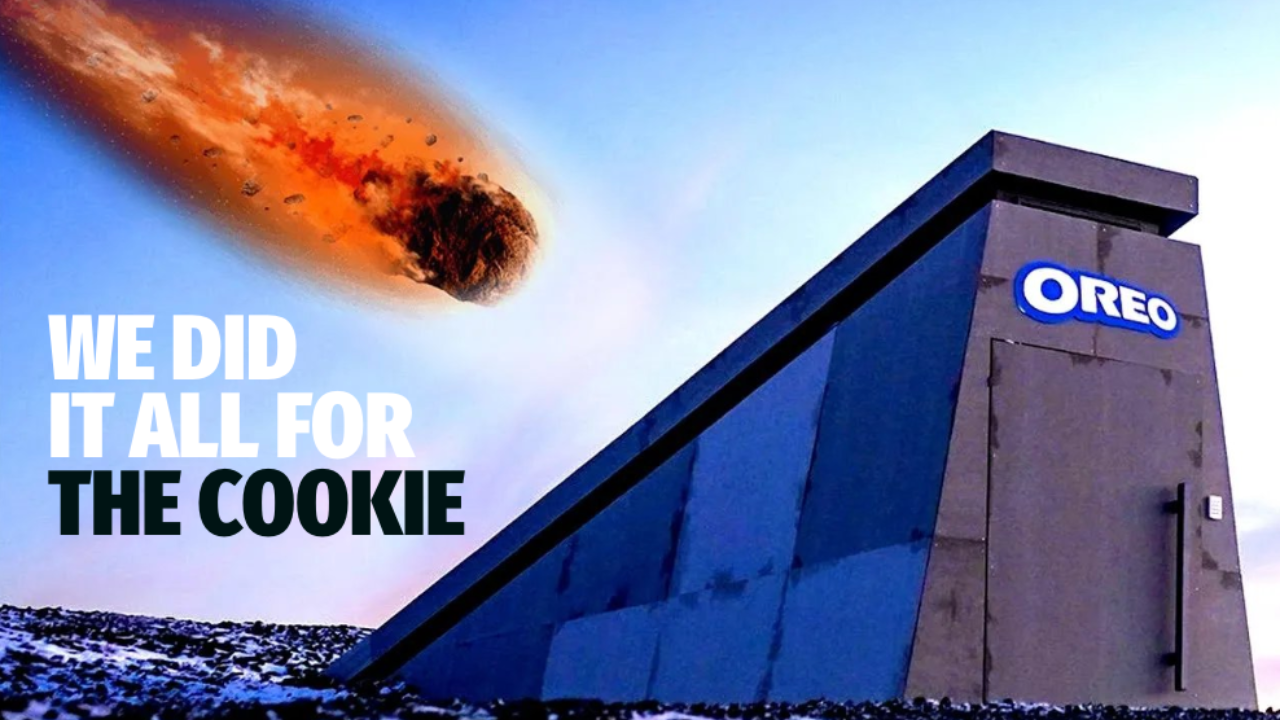
When to give up with Frederik Vollert, Co-Founder of Phrase.com
Check out our Podcast and YouTube Show!
Simon: All right, everybody. Welcome Sprinters! Welcome to the Strategy Show. We have a special guest today, an entrepreneur who did the whole thing. He started, he founded, he grew, he scaled. And we can ask him a lot of questions on what to do, when to give up, when to not give up and especially how to scale with success. We will hear the success story of his company, Phrase.com and we can ask all the questions that we have on our journey to successful entrepreneurship. So hello Frederik.
Frederik: Hi Simon. Thank you so much for having me. I'm Frederik. I'm 34 years old. I'm the Co-Founder of Phrase.com and we focus on software localization. And in the past years I've been part of a couple of startup and growth projects and learned a lot on how to fail miserably and how to scale successfully.
Simon: Beautiful. Where are you right now? Geographically?
Frederik: We're located in Hamburg. So our main office is in Hamburg. And we've been here for quite a while and we've been part of accelerator programs in Silicon Valley and in Berlin in the past. But we really love Hamburg and as it is the gate to the world and has a trade background and localization is a really big topic here as well.
Simon: So when to give up. The entrepreneurial journey is hard. There are some phases where we are not really sure if all our activities are worth pursuing. Like we start a blog and then for years there is no traction, should we continue or not? We build features that our clients don't really use but we think they are great. Should we continue building on those features? What's your experience? When should we give up?
Frederik: That's a really hard question because as an entrepreneur, basically part of your DNA is that you hate giving up. And in a lot of ways this can be really counterproductive because building up the business is a lot about a working business model and the financials. And it seems from the outside that every big business, every transformative business is just about this brilliant idea that a person brought from the little X stage and hatched it and really made it successful overnight. And the opposite is the reality for most entrepreneurs and companies. So for me personally we saw a lot of failures coming from a lack of going deeply into the market, really talking with every participant, interviewing them, not just trying to validate your own assumptions but generating new knowledge.
I myself am a software developer. I know about user testing, I know about focus groups, but if you look at it from the eyes of an entrepreneur, you really have to be open and you have to get the information on how to build and how to change your idea to be really successful with the customers you're talking to. So I think one major flaw a lot of companies and a lot of early stage entrepreneurs make is they stick to their idea. They stick to their assumptions and they don't go out of the building. Steve Blank wrote four books just on the topic of getting out of the building and it's really important and I got the most insight in the early days when talking to customers, when just seeing in their eyes if something didn't stick.
If they weren't willing to pay for stuff, it was clear, we might have solved an individual problem but maybe not the problem if the company is willing to put in any resources. So, you really have to be open about the bad parts and silliness of your own ideas. A couple of years ago we started out providing technical co-founding. So what's the idea behind that? Basically, we thought we had great technical skills and ability and we could build any product in the digital space. And we were inviting founders, investors to bring their products or their projects, their company ideas to our attention. And then we would build the prototypes, realize the ideas. And what we heard all the time was, this is so huge. I cannot even talk about it. It's the best thing ever.
And usually if that happens, somebody else already had the idea and a couple of people are working on the same problem because it's also a matter of zeitgeist. And it's not a matter of having the brilliant idea first. It's really about being able to execute and being able to build upon that idea. The core, the spiritual thing behind it. Something that is really actually working. And that's unfortunately the hard part. And coming up with the idea is really easy. If you think about it, you can almost work in any space you want to. Put your mind to it and you can build a space company nowadays if you want to, but making that successful and sticking that fourth correct landing of the Falcon rocket though. So that's the hard part. That's the 10 years in part.
Simon: Beautiful. Thank you. How do you test your prototypes, your ideas, your concepts, your features?
Frederik: We're really fond of low fidelity testing. What I mean by that is in the first stage you can approach people with just a sheet of paper and an idea and you will be amazed if you call upon potential users or potential target customers that they often will be open to talk to you about the things. And I think the more open they are and the more responsive they seem to your approach, the more validation you get that there is something there, that there is a core. A typical thing that there's a lot of in the lean startup movement is doing MVPs and so forth. And MVP doesn't have to be a product and MVP can be a sketched out idea, an MVP can be a single sheet of paper. It can be on a napkin.
So it doesn't have to be a product by itself. However, in certain cases an MVP is not enough to show the other side that you're serious enough that they will give you credit card information. So there is this notion of the mock sale and so forth, which sounds borderline fraudulent. It's a valid technique. But you also have to see that this is a technique that is mainly usable in B to C and B to B is a bit more complex because people are not spending like $10 on your product, but typically they’re spending $1,000 per year or $10,000 or even more and usually their reputation inside the company is on your shoulders. So in the early days you really live on these early adopters, these rogue entrepreneurs and the companies seeing you and understanding your idea first and kind of putting their trust into you.
But you also have to deliver on that promise. And if you go around kind of MVP-ing and burning a lot of your reputation by doing small, but really not complete products. And then having the users having to deal with it and what you created there. And it's a big problem. But nevertheless, in the early days, if you think of first building a product for $1 million or something like that, that's of course crazy. You shouldn't invest upfront money on an unvalidated hypothesis.
Simon: So I did this test with a mock up. It's not completely ready, but it's ready in my head. I put it out in some form of facade or what you call a minimum viable product. It's not yet viable but it's testable. It's showable, it's tangible. And now two people say, Oh, this is wonderful and they take their credit card and they pay. Is it validated or not? Because we have that happening many times. So now we have people buying. But is it validated? Is that just proof of concept or is it proof of the market? How many should put their credit card into action so that you know we are onto something instead of we just solved, as you said, an individual problem. That's very interesting, a very small demarcation line. Have you had that experience? How do you handle that?
Frederik: It is totally gray. It's a gray area. I think there's no single binary answer to that. It is to me for an experiment and I see any landing page, any MVP as kind of an experiment and we're still, almost seven years in, doing a lot of these kinds of experiments. It really depends on what you set out to find out because if the idea of this MVP was trying to understand if your channel would work, like putting out search ads and then attracting certain clients on certain keywords. Two conversions may be enough to prove that you can attract a certain percentage of users through that channel over a certain period with a certain spending. That can be really viable because still a lot of businesses and a lot of ideas don't make it to the first sell.
So the first sale, it is really a big thing. And the second one is even bigger because it kind of shows that it's not a unique event, that there isn't just this one single person that actually would buy the product. But that there are at least two. And now I think for me personally, it's really important if I had to ask a million people for these two sales and the two sales were really low, or the two sales were, for example, enterprise great sales at a hundred thousand, and I asked 10 companies, then that would be a great finding and great results for the test. And I would certainly continue. And it really depends on what your assumptions on the market and on the validity of your conversion criteria are. And that sounds really technical and data-driven. And I think a lot of entrepreneurs, even if the numbers aren't great, they will continue. And I would say you can continue, but you have to set your limits, right? So if you have this trickling down success, you should always think if it really scales.
Simon: All right Frederik. So if we would sum up when to give up, when should people give up?
Frederik: In summary, if you make no sale or convince just one person and have no idea on how to repeat it and spend money, spend energy and are not able to find out why the person bought your product or your offering, then probably there is a misfit. You haven't understood the market correctly, you haven't understood your customers correctly and it's time to talk to them and talk to a couple of more customers and really understand why people are not reacting to your offer. And often this is the time where the first idea is lost or you should at least be able to give up on the first idea and more times you'll find another idea that may be close by or may be far away from your initial idea, but that's just a better idea and that's more resonating with the market. So usually your first idea isn't your best idea even if you think it might be. And you have a lot of attachments. But that's kind of a design thinking thing.
Simon: Beautiful. Thank you. Thank you so much. This is so valuable for our audience. So Sprinters, now you know when to give up and when to go back and do your homework, understanding your customers better and building better products. Now, stay tuned because next time Frederik will be here again. And then we talk about new things. We talk when to not give up and how to evolve from there. So you did the test well. How do you evolve from there? And we will also talk about how to scale that, the success story of his company, Phrase.com.
Bye, Sprinters, see you next time.
Keep Rolling
Simon Severino, CEO Strategy Sprints GmbH
P.S. Entrepreneurial freedom is awesome. It’s also a lot of hard work to get there. And when you are there, it is easy to lose your grip. Our community of 16.000 entrepreneurs is getting stronger and stronger every week, because we amplify each other. We share what works, and drop the rest. We test, refine, improve. Check strategysprints.com to level up your business and have fun doing it.
Get our expert sales tips delivered
By submitting you agree to receive our weekly Strategy Sprints Newsletter as well as other promotional emails from Strategy Sprints. You may withdraw your consent at any time via the “Unsubscribe” link in any email or view our privacy policy at ant time.










